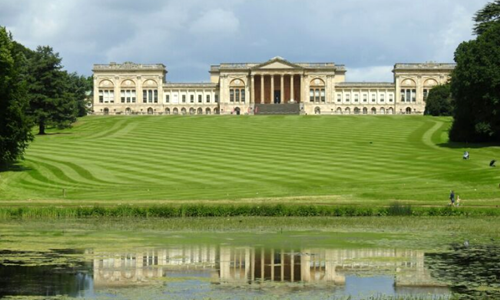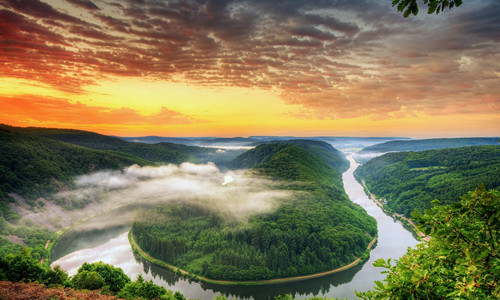Development history of landscape thought (II)
2017-12-13
In the 16th century, the Medici family was the most powerful family in Italy. They owned houses not only in big cities, but also 16 villas on the outskirts of Tuscan. The decorative paintings of Medici family villas prove that landscape is the basis of family wealth, and it can also become a very beautiful landscape.

In the next two or three hundred years, the idea that "agricultural landscape is beautiful" gradually prevailed. But the owner of the villa does not directly create the landscape. Different from the farmers, the nobles had leisure to enjoy the beauty of the agricultural landscape. Until the last 100 years, with the popularization of education and leisure activities, the appreciation of agricultural production landscape has been gradually accepted by all levels.

Many famous British horticulturists have the same idea that the landscape can be both ornamental and productive. A good example is the Stowe manor designed by Charles Bridgeman, William Kent and Lancelot brown. This landscape is productive. People raise cattle, sheep and deer in sparse forests and grasslands. This kind of British pastoral scenery is regarded as an ideal landscape by many people, which has inspired many western landscape designs.

Coincidentally, the description of village land in the phase and geography chapter of Yuanye is surprisingly similar to the European pastoral thought of the same period.

Note: the picture comes from the Internet
-
_副本.jpg)
Development history of landscape thought (I)
More than 1000 years ago, the West Lake was originally planned for defense, water supply and agric..
2017-11-17 Read Acticles > -

Development history of landscape thought (II)
In the 16th century, the Medici family was the most powerful family in Italy. They owned houses no..
2017-12-13 Read Acticles > -

Development history of landscape thought (III)
Is landscape design a process of creating artificial landscape or a process of managing nature? As..
2018-01-22 Read Acticles > -

Development history of landscape thought (IV)
Thomas Jefferson (1743-1826) was the third president of the United States of America (1801-1809). ..
2018-06-11 Read Acticles >
